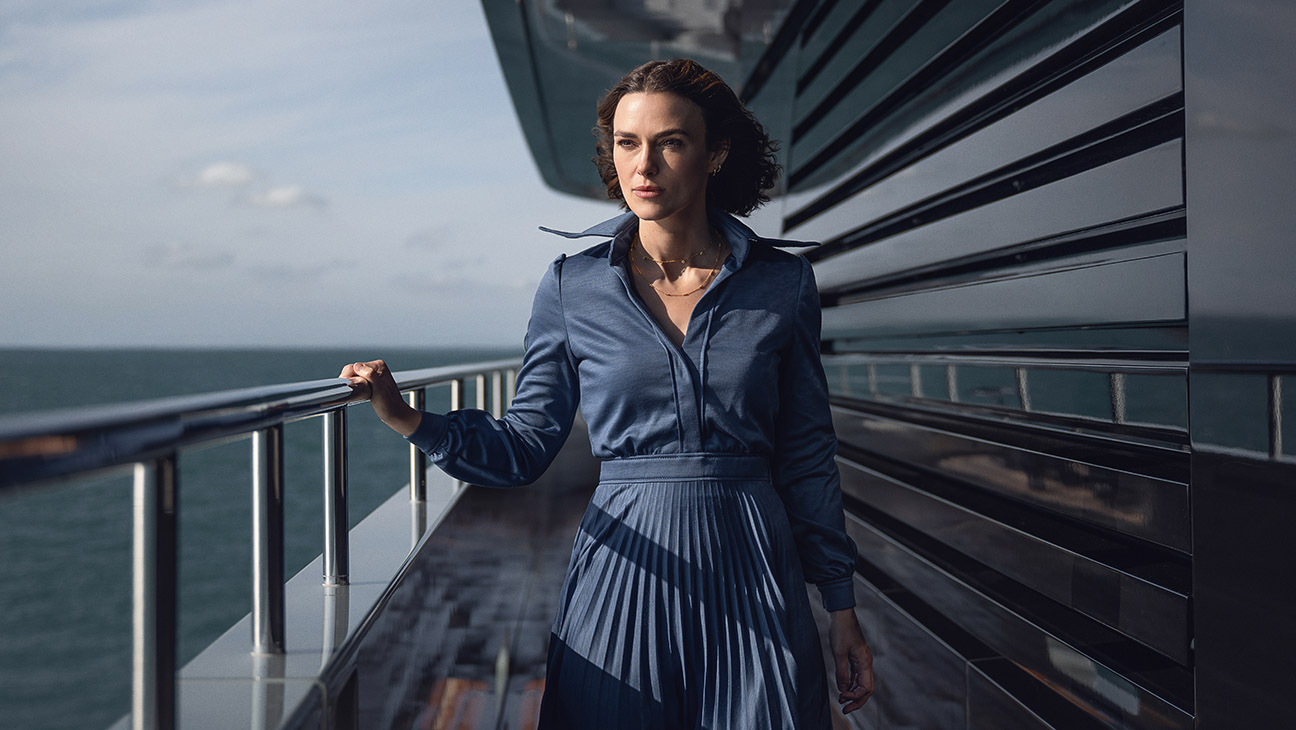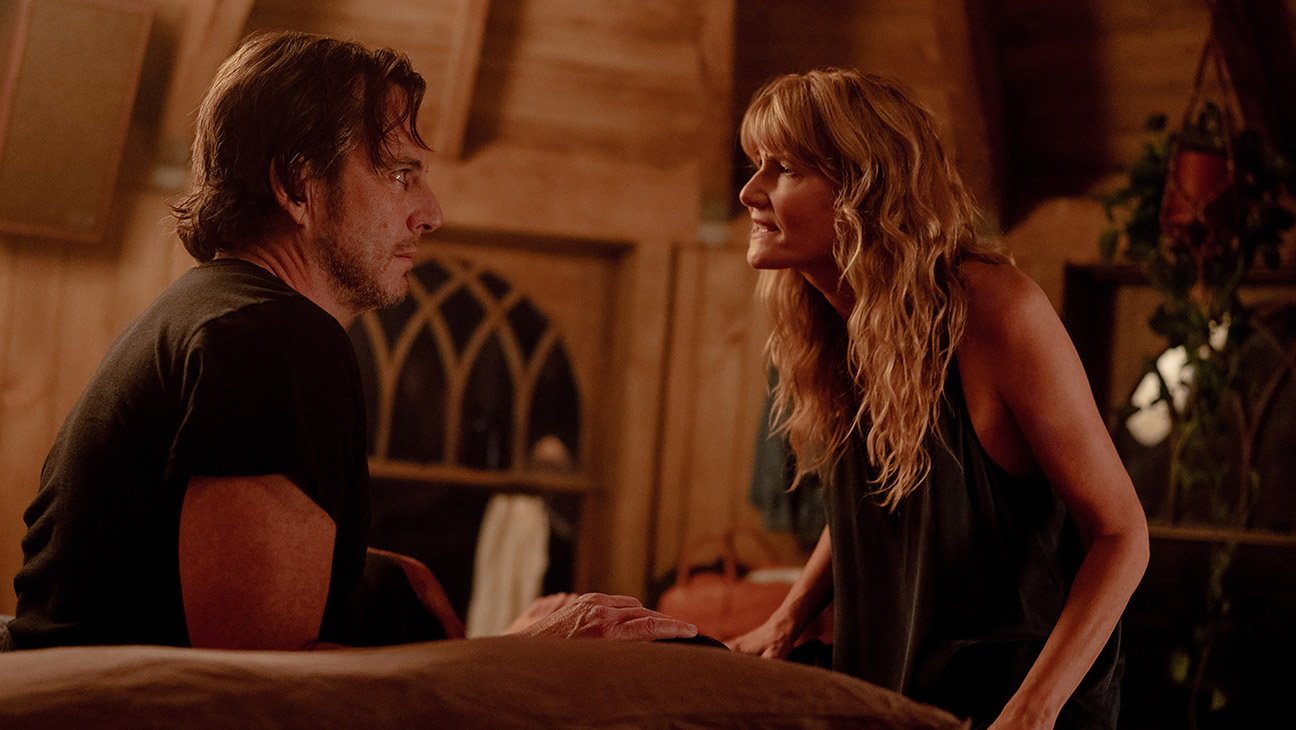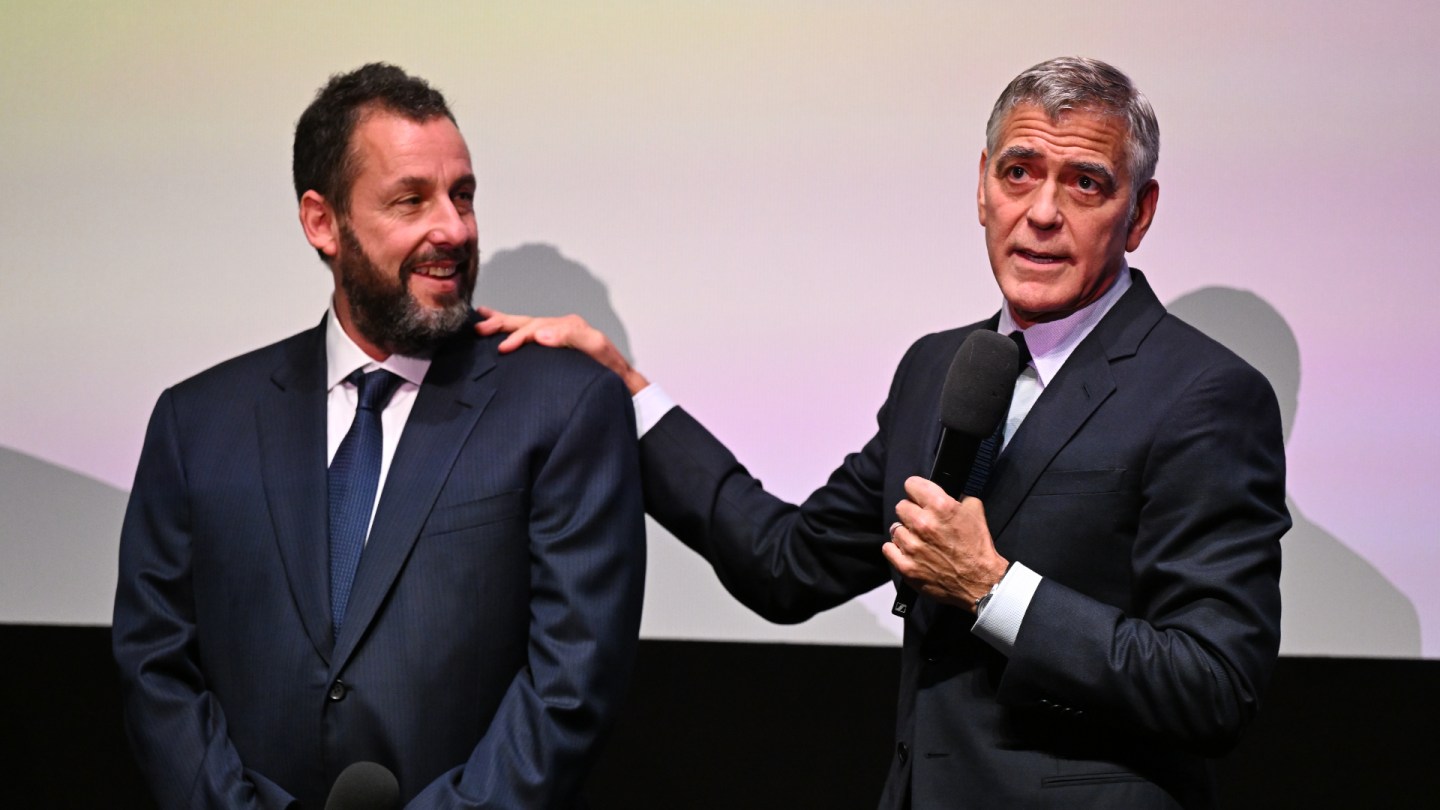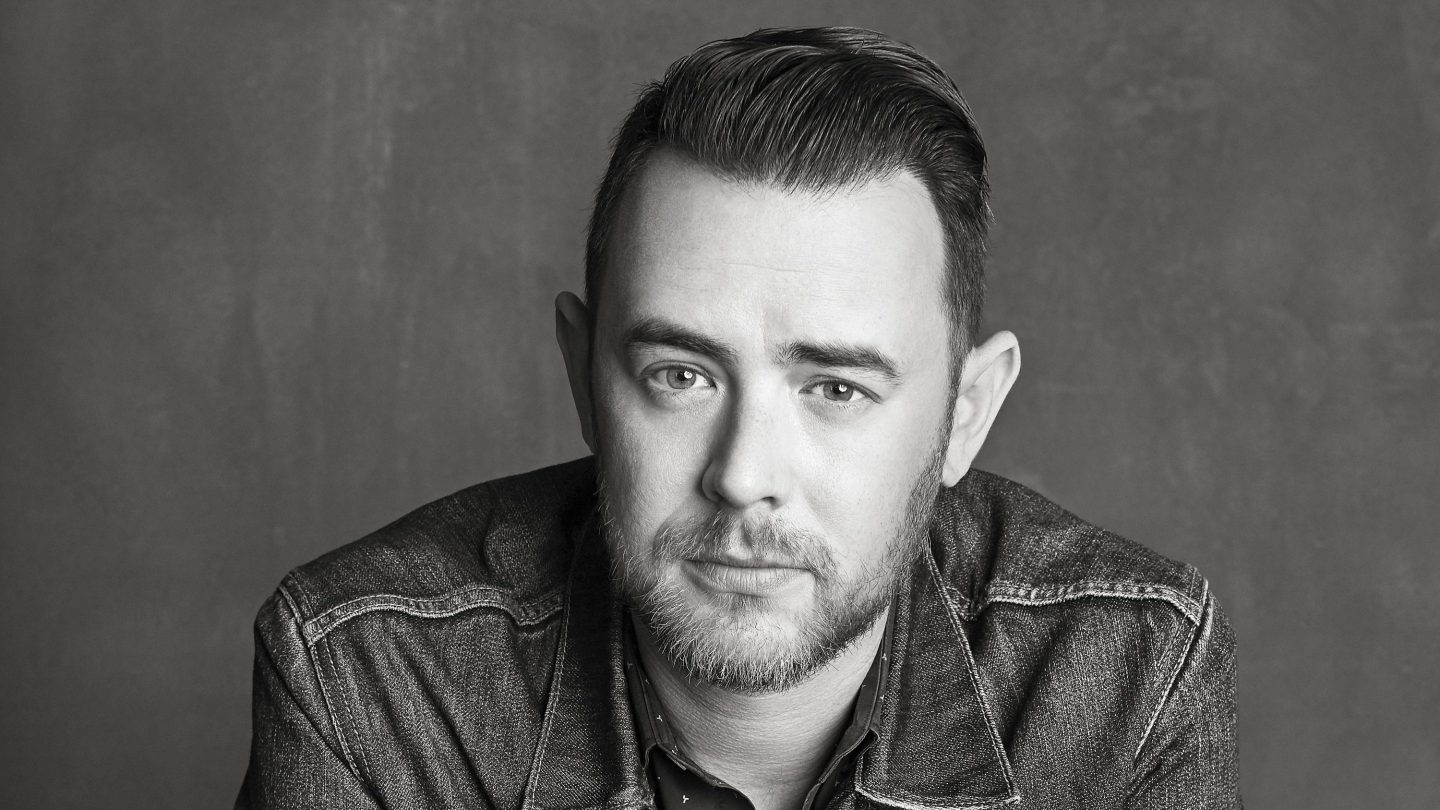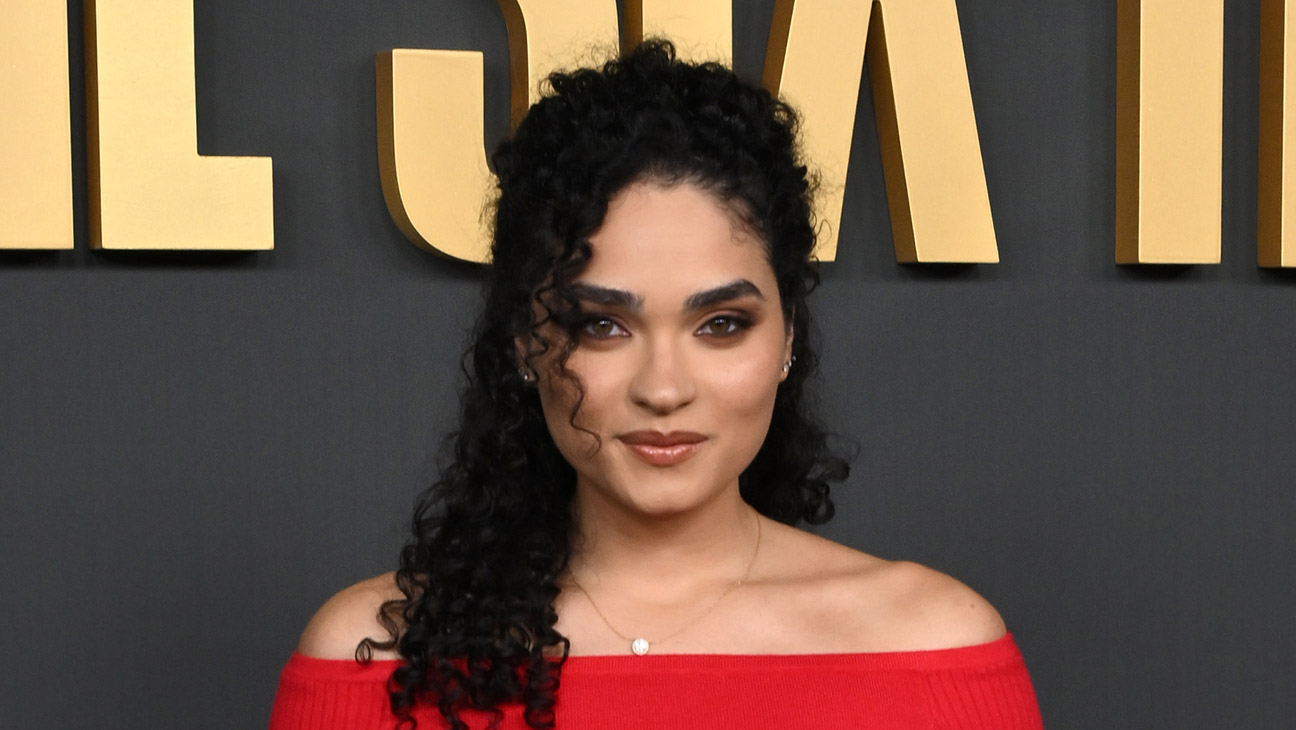Author Ruth Ware admits it was a long road to get to The Woman in Cabin 10 Netflix film.
“It was initially optioned back in 2016, the year the book came out, by a different company, not Netflix,” Ware tells The Hollywood Reporter of the Keira Knightley-starring adaptation of Ware’s 2016 mystery novel. “Then it sort of did that Hollywood thing of kind of being renewed and passed around, and eventually Netflix picked it up. Then everything went kind of quiet for a couple of years. I didn’t really expect it to happen until I got the call to say that Keira Knightley had been cast as Lo, and that felt really exciting and also amazing.”
The film, which released on the streamer Friday, is directed by Simon Stone and stars Knightley as Lo Blacklock alongside Guy Pearce, Art Malik, Gugu Mbatha-Raw, Kaya Scodelario, Daniel Ings and Hannah Waddingham.
Though she wasn’t creatively involved (“I felt like the project was in trusted hands,” she says), Ware visited the set, which she says reimagined her book world to a T: “I thought it was really great, cool and stylish. There are some differences. But they got to the heart of the atmosphere I was trying to create, and the situation Lo is in in the book. That all felt very true to what I was trying to do. So I was very happy.”
While the adaptation was underway, Ware coincidentally was already working on a follow-up novel that revisits Cabin 10’s protagonist, who has charted a new life as a mother and is trying to find her place in the media world after taking time off — not to mention, having endured the trauma of witnessing a passenger being thrown overboard and no one believing her. Ware was inspired after being continuously questioned by readers about what has happened with Lo.
In The Woman in Suite 11, available now, readers follow Lo as she attends the press opening of a luxury Swiss hotel owned by a reclusive billionaire. After being called to go to the billionaire’s room who she has been hoping to interview, she is greeted by a woman claiming to be his mistress and in “life-or-death jeopardy,” putting Lo back onto a dangerous journey once again.
“She does have a bit of a savior complex, which I think [because of] her role as a journalist, she cannot leave a problem for somebody else to solve,” Ware explains. “Lo is someone who takes her personal responsibilities incredibly seriously, and she encounters the same problem in a very different way in Suite 11, where somebody is in trouble. She believes that she can help and she can’t walk away from that, even though she knows she should.”
Amid The Woman in Cabin 10 film adaptation and release of her new book, Ware chats below with THR about seeing her book to come life onscreen, how the story aims to empower the voices of women, the “anger” that comes across in the book and revisiting the story in her new offering.
***
Can you take me back to how the Netflix adaptation of The Woman in Cabin 10 first come about? Were you involved in the conversations from the beginning, or did it come as a surprise?
Well, it was quite a long road. I didn’t really expect it to happen until I got the call to say that Keira Knightley had been cast as Lo and that felt really exciting and also amazing. But even then I didn’t want to count on it too much. So when I eventually got the call to say it had been greenlit, I was actually in the middle of writing The Woman in Suite 11, which I’d pitched to my publisher two or three years before. Before I knew any of this was was happening, I started writing Suite 11, knowing I was writing it to two potential audiences: one, primarily the people that I wrote it for, which was the people who’d love the book, but also possibly readers who I picked up later in my career, who might not have read Cabin 10. Then halfway through [writing] and I got this [news], I suddenly thought, “I have this third audience!” I wasn’t really creatively involved, so I didn’t really have any kind of inkling of what was going on behind the scenes and how far along it was at each stage. So it kind of did feel like a huge surprise it happening.
Despite not being involved in the creative decisions, did you at least read the scripts or speak with the director or screenwriters about the story?
I did read the script, but only when it was pretty much finalized. And in a way, I’m really glad about that, because it meant I was able to just write Suite 11 completely in the book universe. There have been some changes with characters — people who survive in the book don’t survive in the film and so on. I would have felt obliged to take that into account, had I known all of that, and had I been involved in those creative decisions. So I was just able to say, “The book and the film are cousins.” They’re very clearly related, but different things, and the book is my responsibility. I guess I could have pushed for more creative involvement, but I felt like the project was in trusted hands.
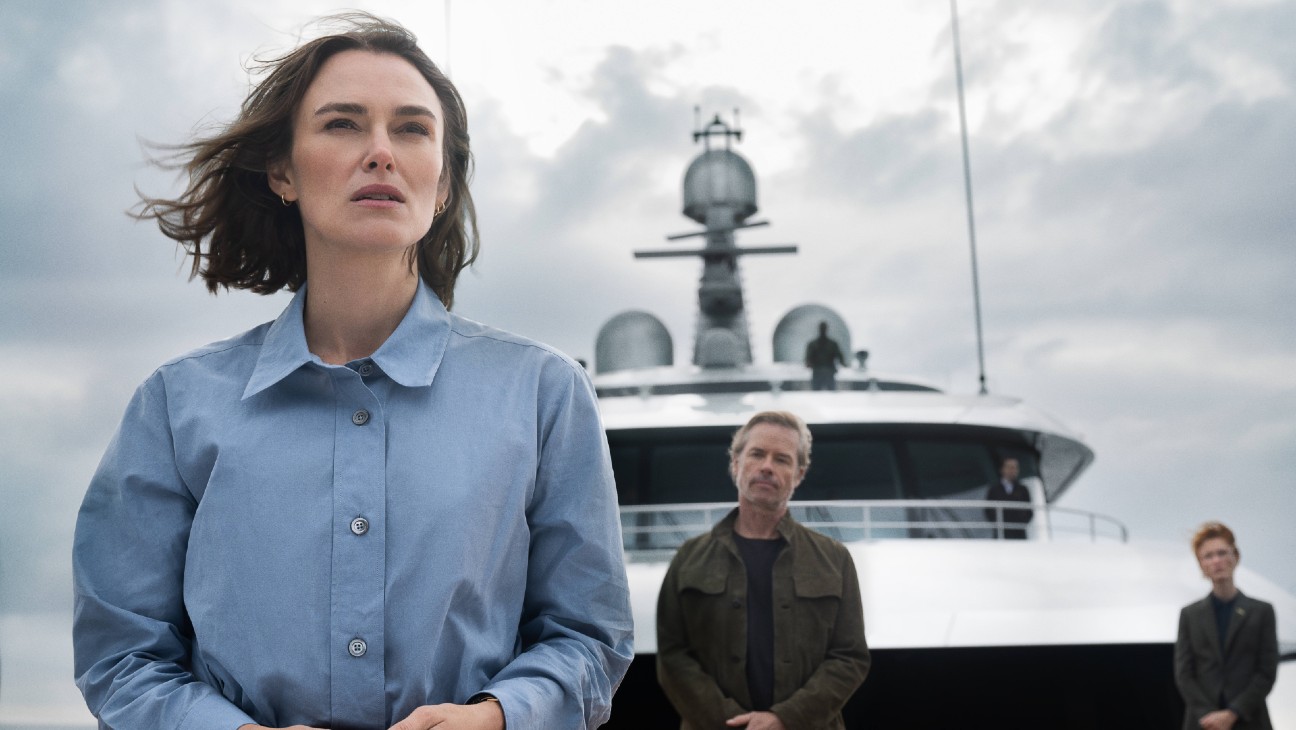
Were you able to be there during filming? What was your reaction to seeing your story brought to life visually?
I did visit set a couple of times, which is really, really cool. The boat, in particular, I got to visit and that was amazing, because I’ve actually never been on a cruise, let alone a cruise as fancy and luxurious as the one in Cabin 10. I was quite nervous going aboard. But I was actually surprised how much I got right. When I was in the boat, it really did feel like the staircase was just as I’d imagined it, and this amazing Swarovski crystal chandelier, which I described without ever being on a boat. That was exactly how I’d imagined it! And a lot of the details about the cabins. I’m sure they picked the boat that fit with the setup I’ve described but even so, I was kind of impressed with myself (Laughs.)
Given adaptations are always going to bring moments from the story to life but then take creative liberties, were there moments that felt exactly as you’d imagined — or wildly different? Anything in the film that wasn’t in the book that you thought was a good addition?
Yes, there were two scenes that really stuck with me. One is the scene where Lo gets pushed into the swimming pool, which is not in my book. In the film, Keira Knightley jumps off the boat willingly, and in the book she doesn’t. The swimming pool scene gave that sense of jeopardy. That was really fun and scary to watch. The ending in the book, Lo never gets that moment of showdown. Justice is served, but in a very different way. I quite like that she had her moment to stand up for what she believed and be publicly proved right. That was quite satisfying.
The book has more twists and turns. We’re very much inside Lo’s perspective, so it’s a different thing. But the scene that was exactly how I’d imagined it — beat for beat when I was writing — was the pivotal scene where Lo goes out to the balcony and hears the splash [of a] body [that] has been pushed overboard. I wasn’t on set the day that they did that, but when I saw it on screen, I was like, “That is exactly how it imagined it!”
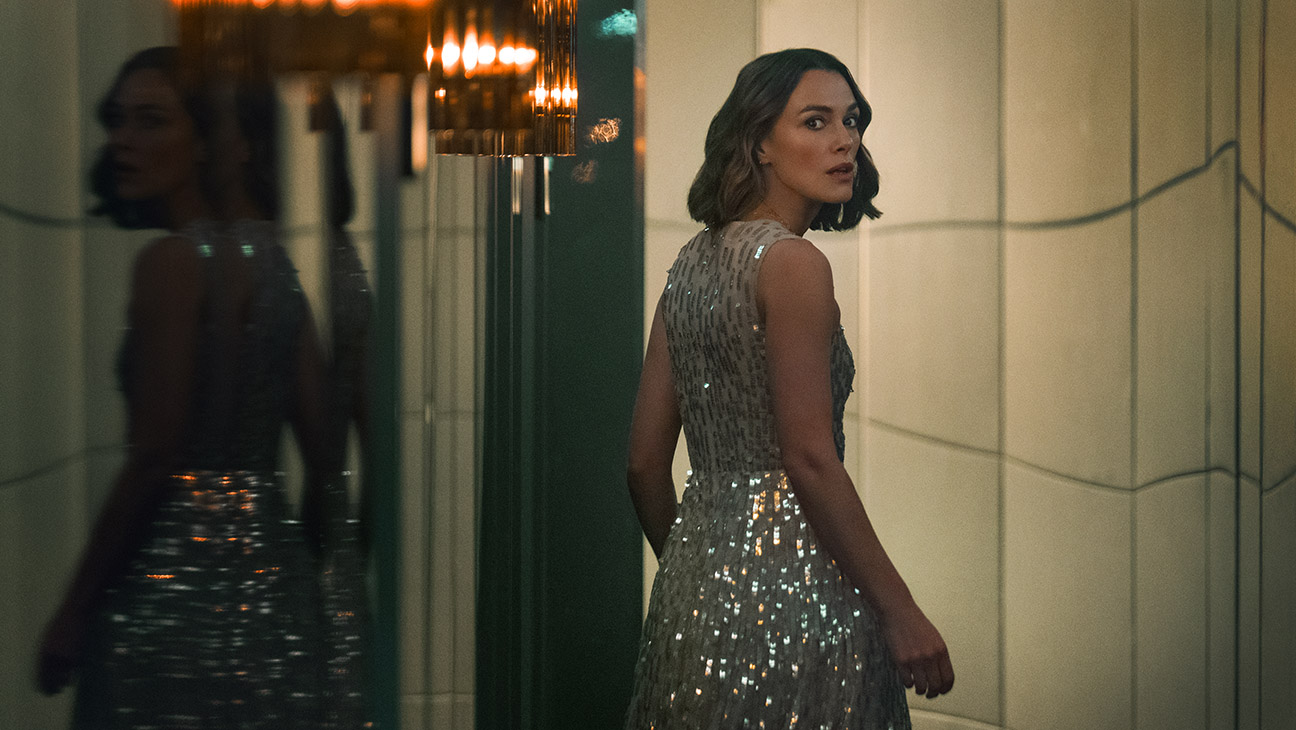
What did you think of Keira Knightley’s portrayal of Lo, and did you have any conversations with her about the character?
When she was first suggested for Lo, my initial reaction was that she’s a lot more beautiful than I would imagine. I imagined Lo as sort of regular. Nice looking, but not stunning. Whereas Keira Knightley is stunning, but I think she really nails Lo’s character. You sense vulnerability, but also strength and this dogged determination to see things through. When I got the news about Keira being cast, I watched Black Doves on Netflix and I thought, “Oh, she’s gonna be great!”
This book has been out for quite some time with readers familiar with the story but there’s also going to be people introduced to it for the first time via this film. What do you hope new audiences who discover the story through Netflix’s take away?
One of the reasons why I wrote the book was that there seemed to be a lot of “he said, she said” news cases at the time where it was one person’s word against another in terms of evidence. As I was sort of listening to news reports and watching it all unfold on social media, I got more and more angry about the fact that there seemed to be this hierarchy of evidence where, if you were a woman, your evidence was judged as less reliable; and if you were a young woman, then it was even further down the scale. And if you’re a young woman [whose] had a few glasses of wine, then you might as well give up, because you were going to be destroyed in the comment section. That seemed to be the way it was. I was very angry about that as a young woman in my time, who had a few glasses of wine. I don’t think it would have impaired my ability to see something and report on it truthfully, which is what Lo does in the book. I think that anger comes across in the book and in the film, and I hope that people take that away with them.
You’re returning to the world of The Woman in Cabin 10 with sequel The Woman in Suite11 — what inspired you to revisit this character now, nearly a decade later?
It was really [because of the] readers, to be honest. I tour for every book. I do a lot of events for each book, and Cabin 10 is probably the book I’ve had the most questions about, in terms of the characters. “Are they okay? What do I think they’re doing?” At first, I didn’t feel like I had anything more to say. I’d put Lo through her paces. I got justice for her. She’d come out the other side, and deserved rest. But I guess as the years went on, partly it was the readers’ questions that kept her alive and kept me thinking about her. I’m a very different person then I was 10 years ago. I’ve changed as a person and a writer, and my kids have grown up. I was curious to see what 10 years would have done to this character who I know so intimately.
I spent a year with her. I was really curious to find out who she would have become in the intervening decade, and how she would coped with the events of what happened on the Aurora and process them, and what it would have done to her as a person. So I started thinking about her more and more as a character. Where would she be? Where would she have ended up? Then suddenly, I had this idea for a plot based around a luxury hotel. The thing about hotels is they are the place where you feel most pampered and taken care of, but they can also be the place where you feel the most scared, because as a solo traveler, which I normally am, when you wake up in the middle of the night in a strange room and you don’t immediately know where the light switch is or where your phone is, and you can hear footsteps, It does take that moment of heart-pounding horror to think, “It’s okay. I’m in a hotel. The footsteps are outside the door, not in the room.”
But waking up in the middle of the night and feeling deeply vulnerable at the idea that there’s a whole staff of people who all have a key to your room and can get in if they really wanted to… It’s just a really interesting dichotomy between the luxuriousness of hotels but also the sometimes precariousness of how you feel there. Then I just had a fun idea for my murder plot.
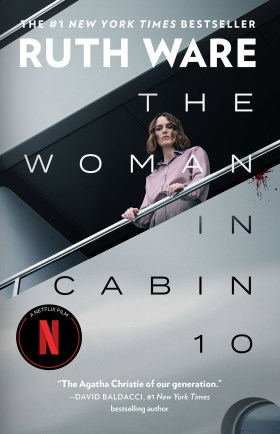
I read in an interview that your story ideas are rooted in your own fears. What was the fear you wanted to explore in this story?Solo traveling and the unknown?
Some of it that idea of being in a hotel room and being vulnerable. It’s place that’s not quite private, not quite public. It’s slightly uneasy. Also, a big part of the part of the plot is driven by the fact that Lo’s now a parent and has left her kids behind. It changes you as a person. In Cabin 10, Lo does some pretty irresponsible stuff, but fundamentally, she doesn’t have anybody to worry about apart from herself. Her only responsibility is her conscience. But in Suite 11, she is now painfully aware that she has to get home for her kids, and that she owes it to her kids to be okay. There were moments in that book that are very much an exploration of what could happen that would stop you from being able to get back to your kids safely and in one piece. That’s maybe that’s the core fear at the heart of Suite 11.
In the first book we follow Lo as this journalist who wasn’t believed with what she saw and knew. The story touches on how common it can be for women’s stories to be undermined and their voices not heard. There can also be a societal distrust of journalists. Having explored that in the first book, how did you want to go about revisiting her in this story after enduring the trauma and still navigating a world where she can face those same challenges before of being not believed?
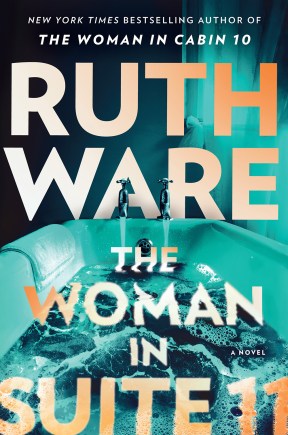
You summed it up amazing. That is what I was trying to explore. The thing about Lo that struck me much more, because obviously I had to go back and read Cabin 10 to write Suite 11, was how funny she is. I really enjoyed how sarcastic and how funny and how ballsy [she is]. I’d forgotten some of that. But the other thing that struck me was she does have a bit of a savior complex. [Because of] her role as a journalist, she cannot leave a problem for somebody else to solve. Lo is someone who takes her personal responsibilities incredibly seriously, and she encounters the same problem in a very different way in Suite 11, where somebody is in trouble. She believes she can help and she can’t walk away from that, even though she knows she should. It tries to examine both the good and bad of those crusading sides of her personality, where once gets on the track of a story, she’s not going to let it best her. Of both ethical and professional reasons, that does come with a dose of side effects.
You have other books getting the adaptation treatment, including The Lying Game as a series, and Turn of the Key and In a Dark, Dark Wood as films. With such long journeys to these finish lines, were you involved in any of those conversations about the adaptations?
Yeah, I’ve had lots of incredibly exciting conversations, most recently, with Amazon and Ted Gold, who’s the producer for The Lying Game. I don’t really have a sense of which one might cross the line first. I wish I did, but it’s all just even more confusing. So honestly, your guess is as good as mine. But you know, hopefully everybody will crack the whip now!
***
The Woman in Cabin 10 is now available on Netflix. The Woman in Suite 11 book is now available on Amazon.

